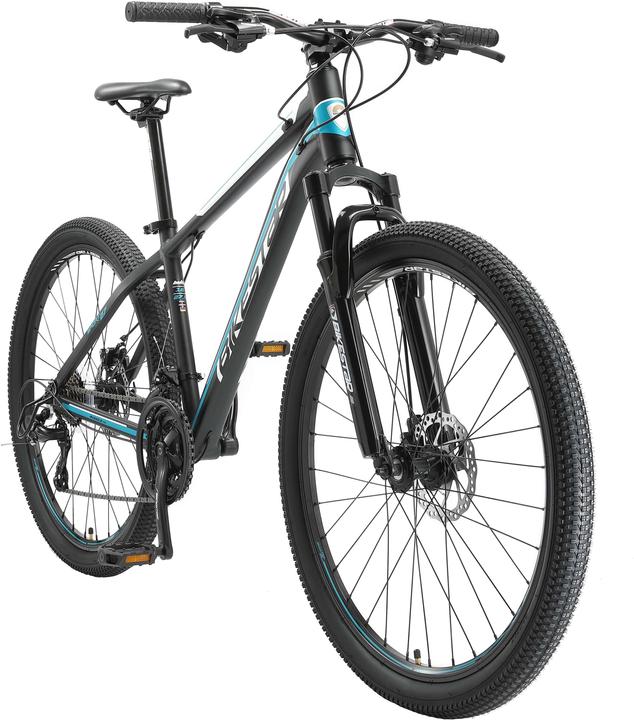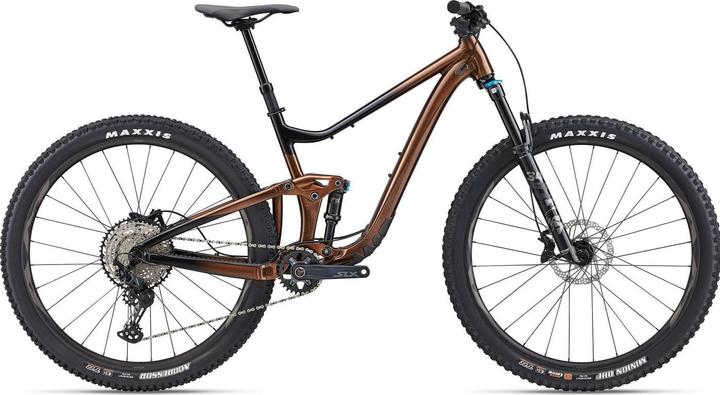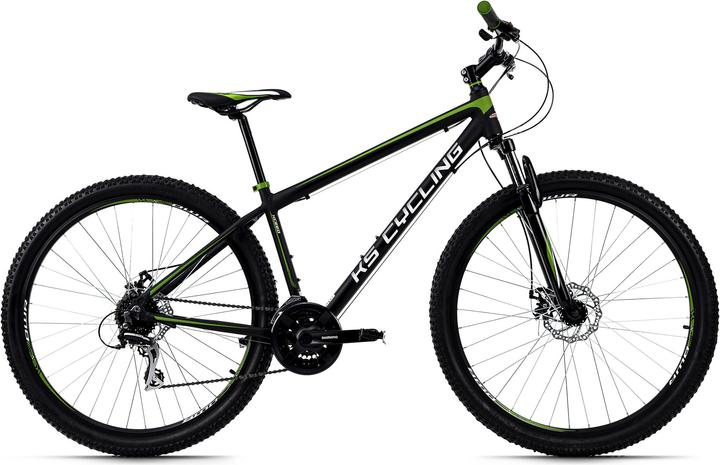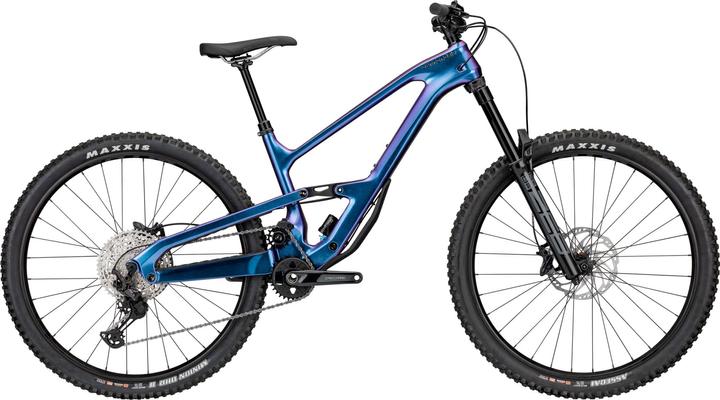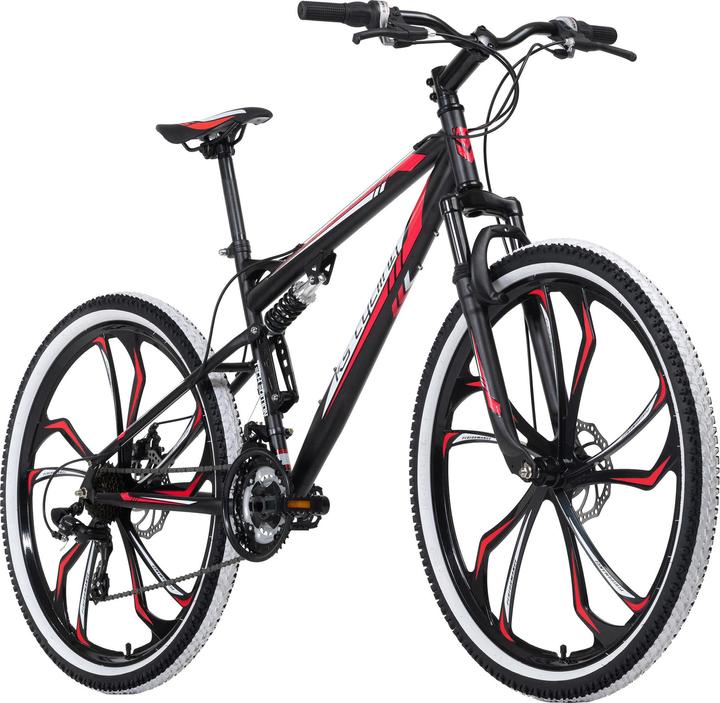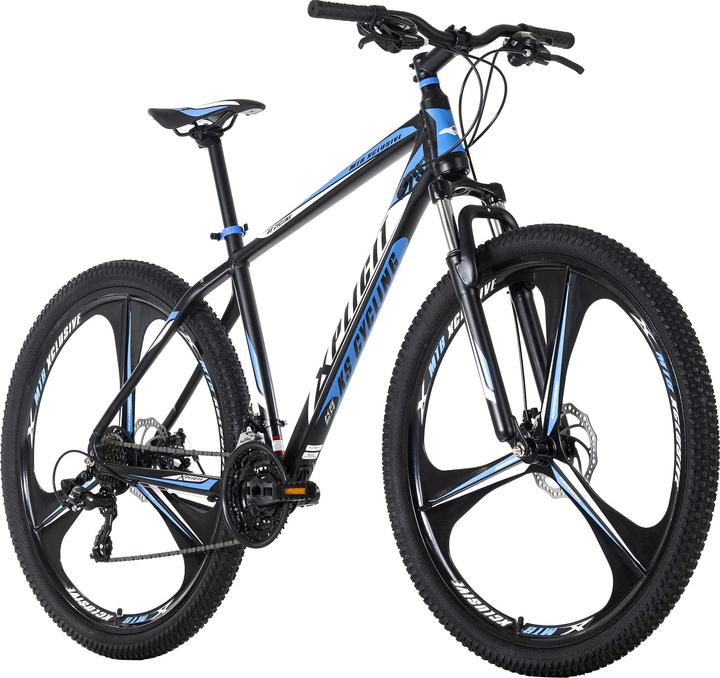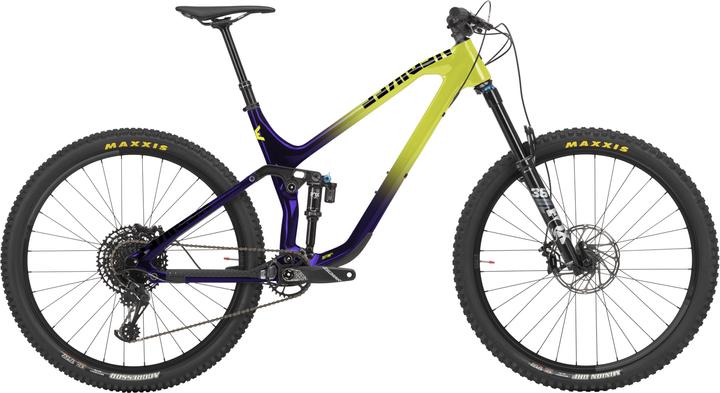
Too Many Mountain Bikes? Here's How to Choose the Right One
Discover the key factors to consider when selecting the perfect mountain bike for your adventures.
Last updated 5 days ago. Automatically generated content.
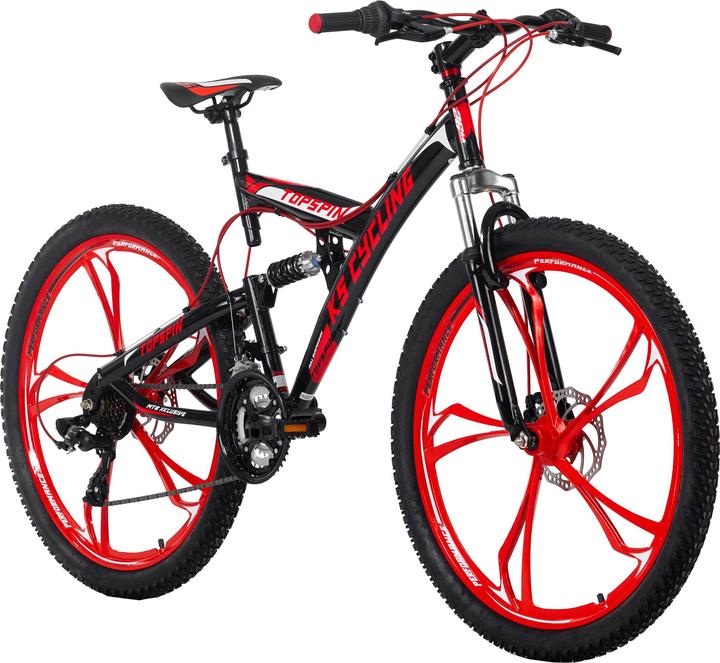

Select options and limit the number of products
The frame material of a mountain bike determines its weight, strength, and ride quality, directly influencing the bike's performance and suitability for different terrains. Choosing the right material is crucial for ensuring durability and comfort based on your riding style and environment.
Popular options (you can select more than one)
Carbon
Typical price
3600,– to 3900,–Known for being lightweight and strong, carbon fiber frames offer excellent stiffness for efficient power transfer.
Ideal for competitive riders seeking a high-performance bike, though typically at a higher cost.
Bestseller
Aluminium
Typical price
340,– to 440,–Aluminium frames are durable and relatively lightweight, offering a good balance between performance and cost.
Suitable for a wide range of riders, providing a reliable option for both casual and serious mountain biking.
Bestseller
Steel
Typical price
300,– to 400,–Steel frames are renowned for their strength and comfortable ride due to their natural shock absorption.
Best for riders who prioritize comfort and durability over weight, often preferred for long-distance touring.
Bestseller
The braking system in a mountain bike determines the bike's stopping power, control, and safety in various terrains. Choosing the right braking system enhances ride confidence and ensures effective performance in different riding conditions.
Popular options (you can select more than one)
Hydraulic
Typical price
890,– to 2900,–Uses fluid to transfer force, resulting in smooth and powerful braking.
Ideal for demanding rides, offering superior modulation and performance even in wet conditions.
Bestseller
Disc brake
Typical price
360,– to 420,–Employs a rotor and caliper system to provide strong braking power.
Reliable in varied weather conditions, making it suitable for all-terrain use.
Bestseller
Mechanical disc brakes
Typical price
320,– to 400,–Operates with a cable system, similar to traditional brakes, but with disc performance.
Offers a cost-effective solution with easier maintenance, suitable for casual and budget-conscious riders.
Bestseller
The number of gears on a mountain bike influences its versatility and ease of handling across different terrains. Selecting the appropriate gear range ensures optimal performance whether climbing steep hills, cruising on flat surfaces, or descending slopes.
Popular options
Up to 12 x
Typical price
490,– to 3400,–Typically found in entry-level or lightweight bikes, offering simplicity and ease of use.
Ideal for beginners or those who primarily ride on flat or slightly hilly terrains, providing straightforward gear management.
Bestseller
13 - 21 x
Typical price
320,– to 400,–Offers a moderate range of gears suitable for mixed terrain riding.
Great for riders seeking a balance between easy climbing and efficient speed on flatter trails.
Bestseller
22 - 30 x
Typical price
340,– to 420,–Provides a wide range of gears, allowing for tackling both steep climbs and fast descents.
Recommended for advanced riders or those frequently navigating varied and challenging terrains, offering maximum flexibility.
Bestseller
Weight is a crucial factor in the performance and handling of a mountain bike. Lighter bikes are generally easier to maneuver and carry, impacting the rider's experience and efficiency on various terrains.
Popular options
10 - 15 kg
Typical price
340,– to 890,–Lightweight frames enhance agility and speed, making them suitable for competitive racing.
Ideal for riders who prioritize performance and need to tackle steep climbs with ease.
Bestseller
16 - 18 kg
Typical price
320,– to 420,–Mid-weight bikes offer a balance between durability and performance, suitable for general trail riding.
Great for enthusiasts who need a sturdy bike that can handle diverse terrains without compromising on ride quality.
Bestseller
19 - 25 kg
Typical price
360,– to 400,–Heavier bikes provide extra stability and robustness, often used in downhill or rugged trail conditions.
Recommended for riders who prioritize stability and strength over speed, especially in rough environments.
Bestseller
Frame size determines the fit of a mountain bike, impacting comfort, control, and efficiency while riding. Selecting the correct frame size is crucial for ensuring a safe and enjoyable biking experience, as it affects rider posture and overall performance.
Popular options (you can select more than one)
165-179 cm = M
Typical price
300,– to 400,–Medium frame suitable for riders with a height of 165-179 cm, offering balanced handling.
Ideal for most adult riders, providing comfort during long rides and efficient power transfer.
Bestseller
180-189 cm = L
Typical price
320,– to 420,–Large frame designed for individuals between 180-189 cm tall, ensuring stability and comfort.
Best for taller riders, enhancing control and reducing fatigue on challenging trails.
Bestseller
190-194 cm = XL
Typical price
300,– to 420,–Extra-large frame tailored for those 190-194 cm in height, maximizing comfort and control.
Perfect for very tall riders, offering a spacious feel and reducing strain on long rides.
Bestseller
155-164 cm = S
Typical price
270,– to 2300,–Small frame crafted for riders 155-164 cm in height, optimizing maneuverability.
Recommended for shorter riders, providing a snug fit and improved handling on tight paths.
Bestseller
